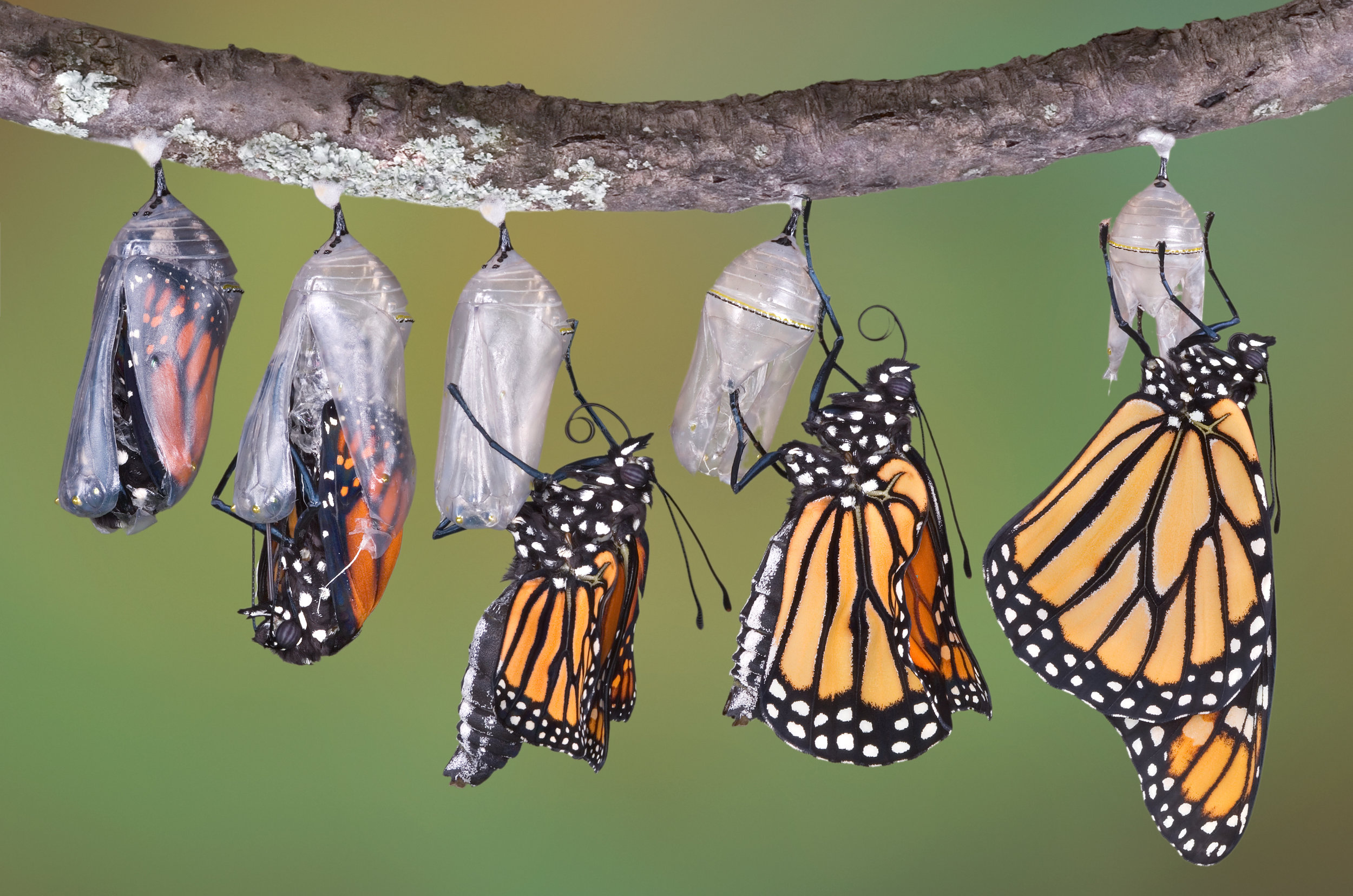Monarch Butterfly
"Monarchs & Milkweeds" by Shannon Beaumont (Ink & digital)
“I still remember the monarch migration from when I was a little girl in central Missouri. When a small animal like a butterfly affects you like that as a child, it is a humble reminder that we as a species still belong to the cycle that encompasses all living things. As I aged, I always wondered why the butterfly migration numbers depleted then stopped. The combination of pesticides, farming and the destruction of their habitat is responsible. The re-introduction and protection of Milkweed is also vital to ensure the Monarchs have a place to breed and sustain their numbers.”
Your purchase is helping Expedition Art and Saving Species purchase land in Sumatra! Learn more about the project.
Habitat
Monarch butterflies are found globally, though the species is native to the Americas. They need warm temperatures to survive and the presence of milkweed to breed, so these factors limit the population distribution.
Family life
Aggregating in groups that can reach tens of millions of individuals during the winter, they begin mating season before migration begins. Courtship begins in the air, with the male pursuing the female, and ends on the ground, where he transfers the spermatophore that may imbue the female with the needed energy resources to successfully reproduce and migrate. Eggs are deposited on milkweed plants and pupate after 14 days or so, depending on the temperature. Pupation lasts up to two weeks, at which point, out emerges a butterfly. This entire period of metamorphosis lasts just around 30 days.
Lifespan
A monarch butterfly will live for approximately six to eight months.
Hunting Habits/Diet
Monarch caterpillars feed almost exclusively on milkweed. Adults will seek nectar from milkweed as well, but also feeds off of other flowers.
Population
Predictions potentially demonstrate a 50 percent chance that the migration pattern of the monarch butterfly will collapse in the next 20 years. Estimates of the current population continue to show significant decreases.
Fun Fact
Their name in Greek means “sleepy transformation”. The milkweed Monarch butterflies eat as caterpillars contain a poisonous toxin that is stored in their bodies, even as they make the transition from caterpillar to butterfly, rendering them unpalatable to predators. The monarch butterfly has a highly evolved migration pattern, individuals native to North America traveling distances between 1,200 and 2,800 miles.
Why are They Endangered?
The butterfly’s dramatic decline has been driven in large part by the widespread practice of planting genetically engineered crops which are resistant to herbicide, a potent killer of milkweed, the monarch caterpillar’s only food. Other threats to the monarch include habitat loss and climate change, which threatens to disrupt the monarch butterfly’s annual migration pattern, affecting weather conditions in both wintering and breeding grounds.
Status
Under assessment


